The Quiet Side of Ladakh: Monasteries, Homestays, and Hidden Villages
“Heaven is a myth; Ladakh is real.”
No! this is not just some internet quote. Rugged, remote, otherworldly and serene, Ladakh justifies the hype that surrounds its name. But did you know that despite the many pictures and videos that you may have seen, the vast majority of Ladakh remains unexplored and less traveled.
This land of the Lamas was offbeat in itself till it gained popularity in recent years, thanks to the biker community. Yet Turtuk, Hanle, Uleytokpo, and several other hidden gems of Ladakh almost remain missing from most of the popular Ladakh itineraries as compared to popular destinations like Leh and the Zanskar Valley.
Experiencing Ladakh would be incomplete without understanding the cultural and spiritual tone of the place. A true traveler would look into the region’s unique culture and tradition for a deeper understanding and appreciation. The best kind of Ladakh escape would mean slow offbeat travel and dedicated time to understand the local customs and unique way of life.
Ladakh stands out as a home to several monasteries and hidden villages, with homestays offering unparalleled hospitality services and cultural immersion into the lives of the region.
Monasteries of Ladakh: Spiritual Havens Off the Beaten Path
Monasteries are the heart of Ladakh, carrying the spiritual soul of the place. When in Ladakh, it is mandatory to visit monasteries to have a complete insight into the place. There are several Ladakh monasteries, each with its significance. Some of these are listed below.
Lamyuru Monastery
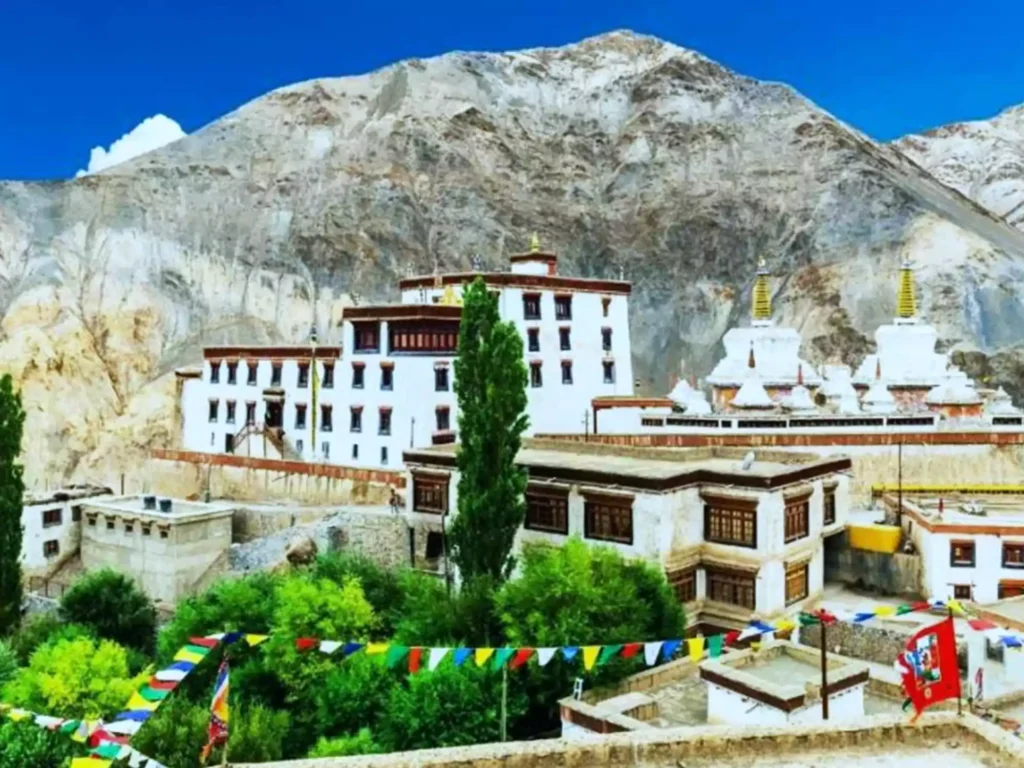
This Tibetan Buddhist monastery is known as the Moonland of Ladakh owing to its beautiful lunar landscape. The landscape is certainly incredible with its spectacularly odd geological formations. It is the oldest monastery in Ladakh and is built into the landscape. The best time to visit is from May to September because of warm days and cool nights.
Hemis Monastery
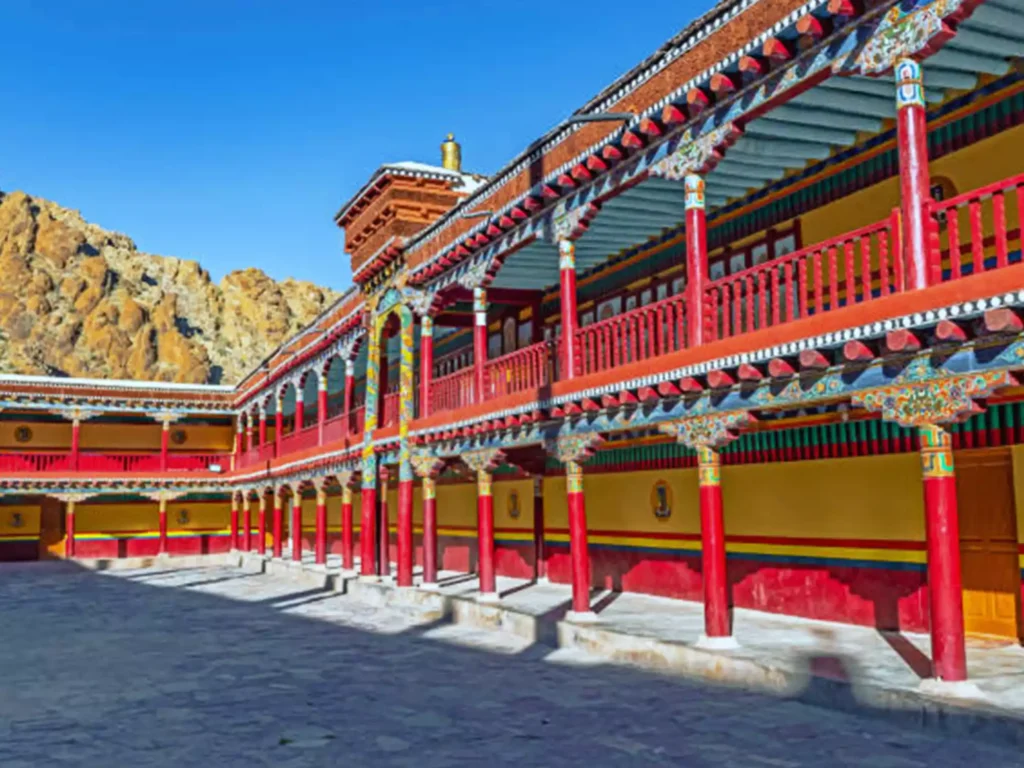
The Hemis Monastery is the cultural heartbeat of Ladakh. It is famous because of the Hemis festival, which attracts tourists from all over the world. This monastery represents distinct architecture and has rare Buddhist manuscripts and Thangkas. It holds a special significance in the Tibetan Buddhist culture and stands tall as a representative of Ladakh’s history, culture, and art.
Diskit Monastery
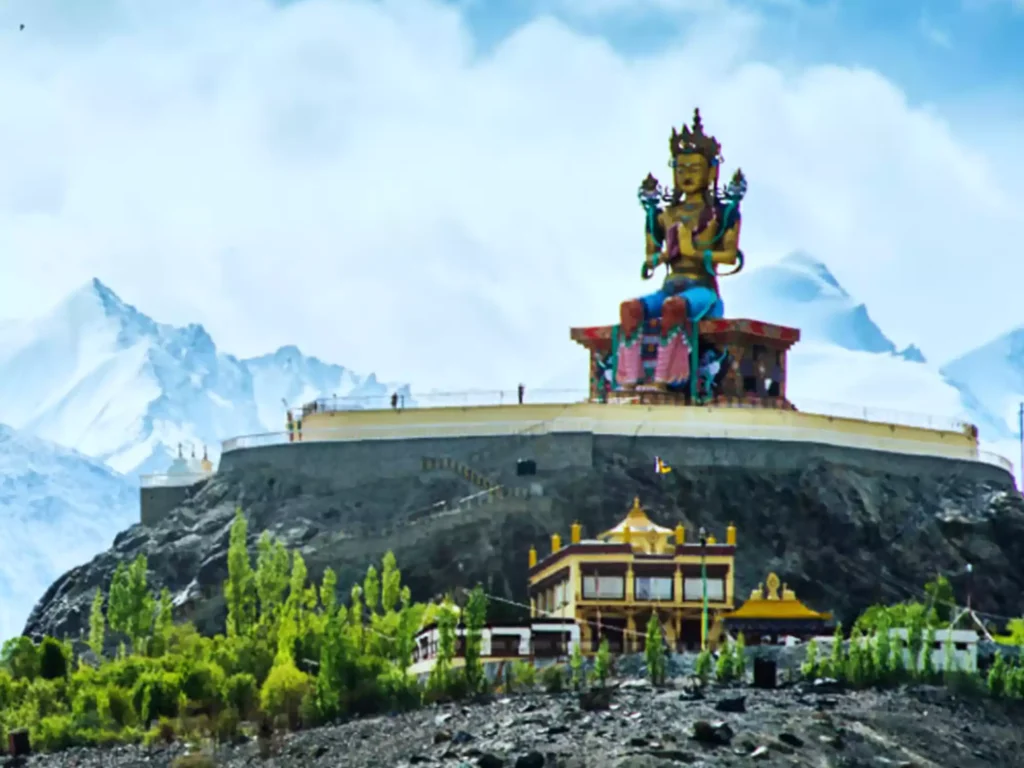
Diskit Gompa is the largest Buddhist monastery in Nubra Valley, known for the statue of Cho Rinopche, or the Crowned Buddha. Visiting this monastery is an excellent opportunity for cultural experiences in Ladakh and connect with monks and understand their spiritual journey, as well as learning through their spiritual lifestyle. It hosts the “Festival of the Scapegoats” or Dosmoche, which is highly attended by people from the villages of Nubra Valley.
Alchi Monastery
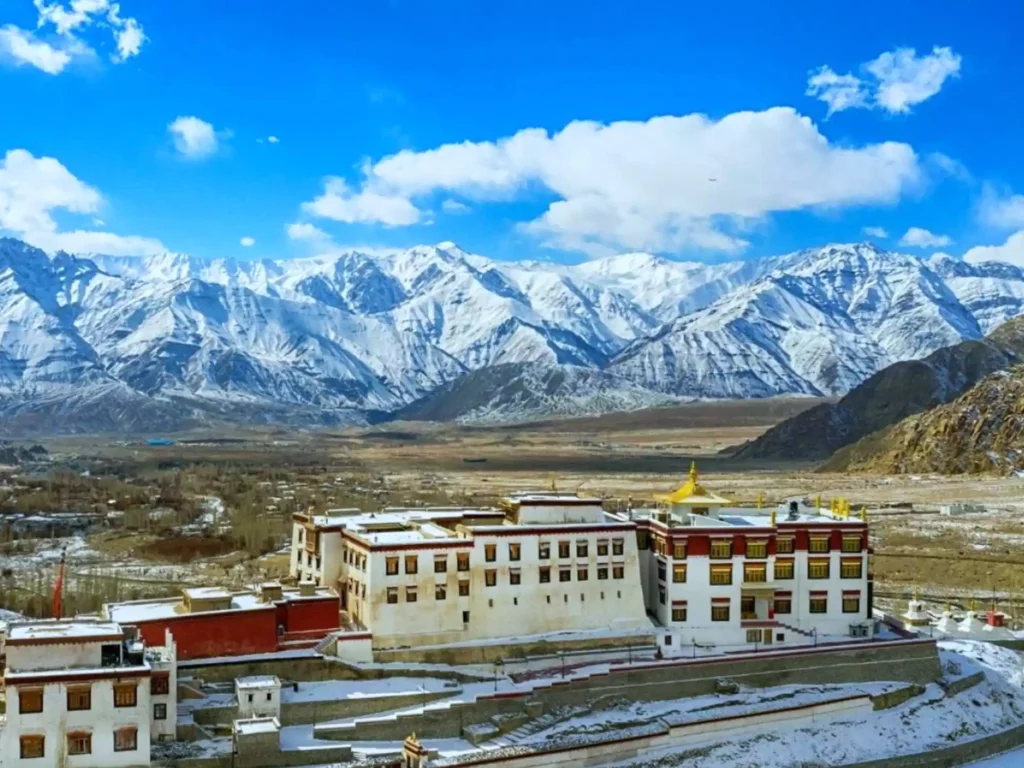
It is a majestic monastery situated on the banks of the Indus River. This monastery is known for its collection of 11th-century murals and for its Indo-Tibetan architecture. This spiritual place in Ladakh is currently maintained by the monks of the Likir Monastery. This jewel of Ladakh provides an insight into the culture of the region.
Why Choose Homestays over Hotels
Homestays, when compared to hotels, usually provide a more homely and personalized experience. Ladakh homestays are generally affordable, with an opportunity to live like the locals and with the locals. The homestays usually serve home-cooked meals with organic ingredients, with a side of local tales and mythical stories.
Sham Valley Traditional Homestays
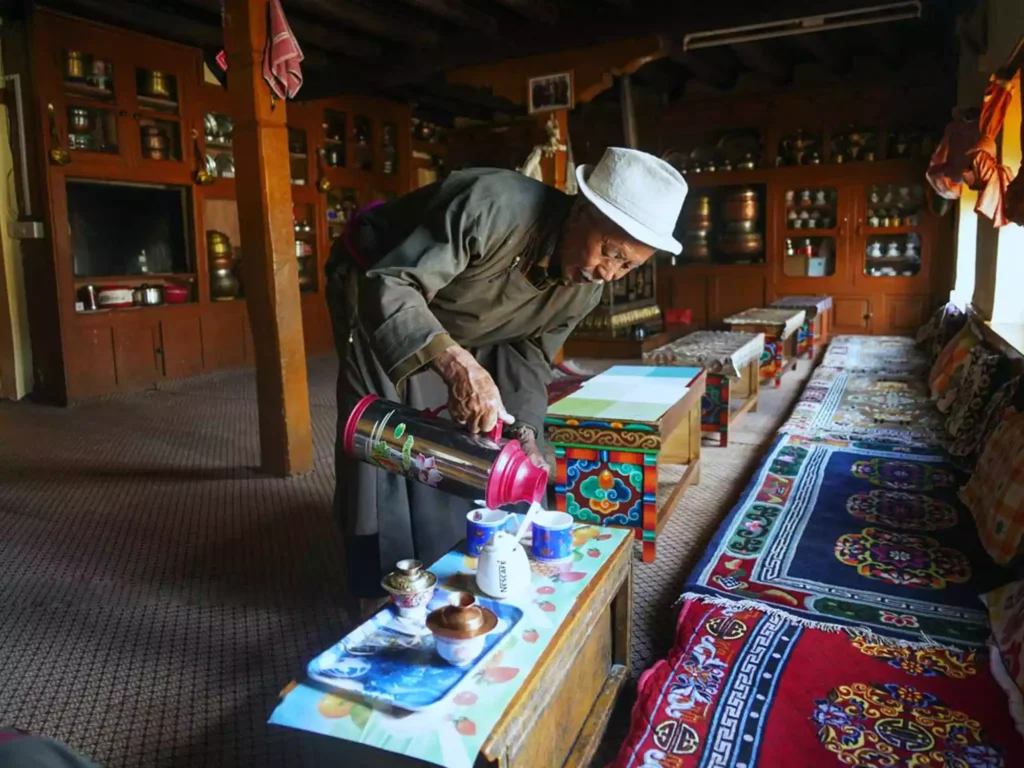
Several home-run traditional stays in Sham Valley offer experiences that are extremely home-like and cozy within facilities with unique Ladakhi architecture. These homestays offer home-cooked meals that include food from the region, like thukpa, skyu, butter tea, and many more. The homestays are extremely affordable and are usually situated close to the monasteries.
Nubra Valley family-run homes
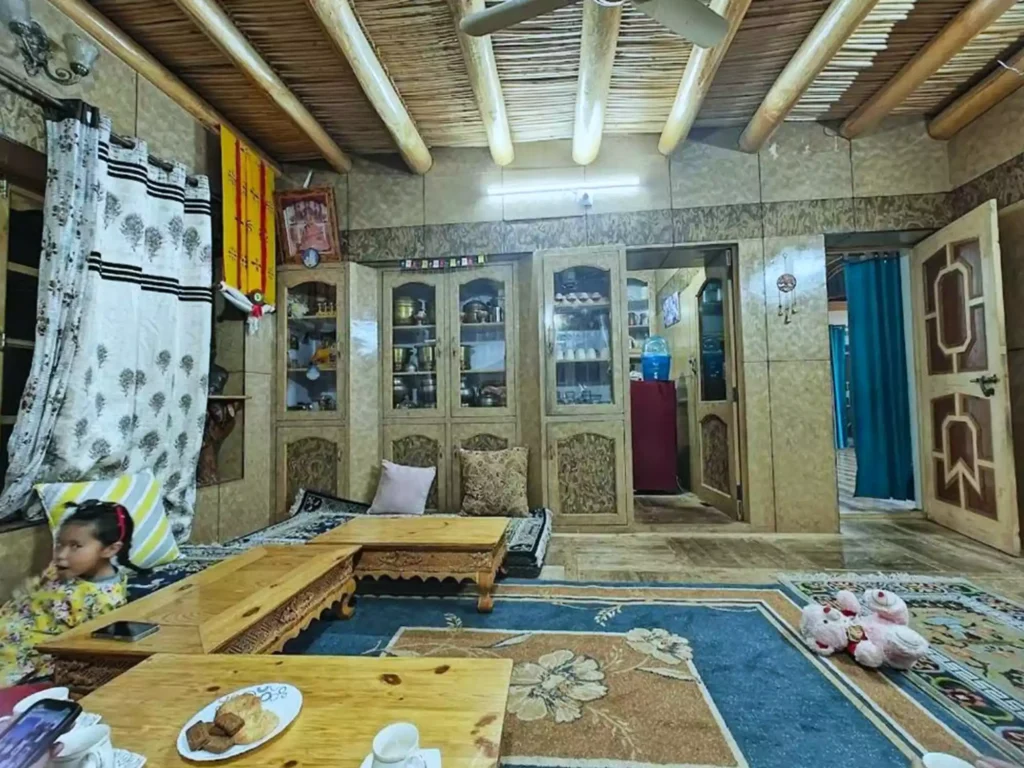
The family-run homestays in the Nubra Valley are often complemented by an authentic Ladakhi experience. The homestays are typically situated in offbeat villages with picturesque landscapes and offer comfortable accommodations with unique Ladakhi interiors. The hosts in these stays put in that little extra effort to create a home-like ambience, while maintaining the ecosystem of the region.
Turtuk Balti Homestays
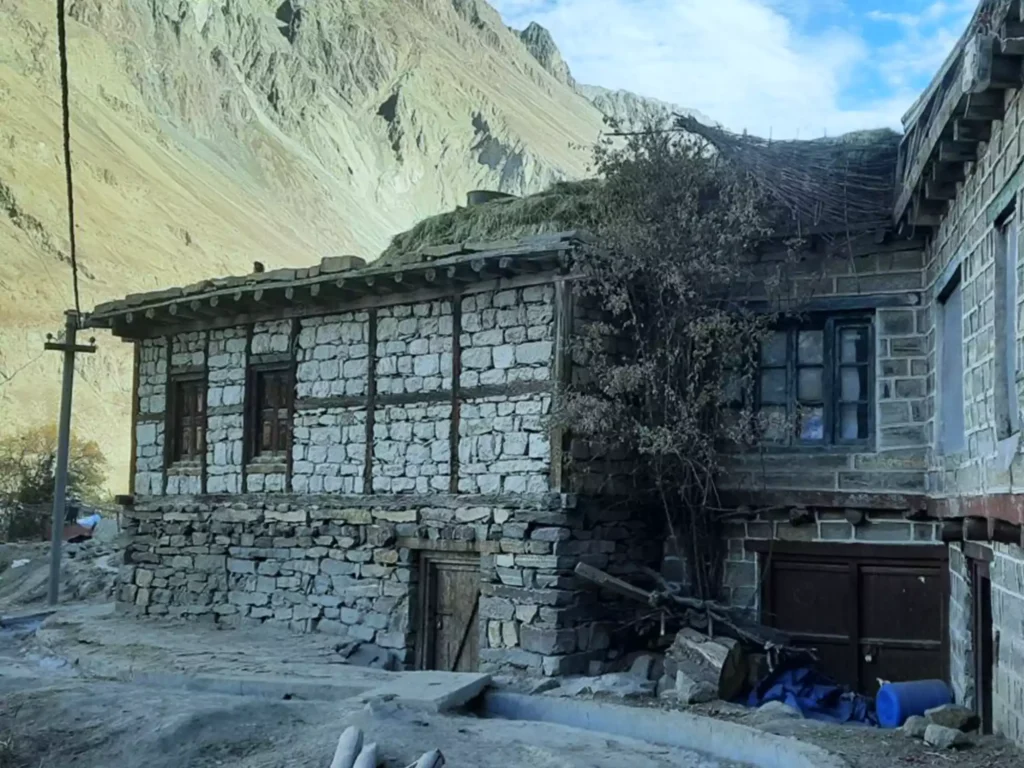
Turtuk is a village in Ladakh where people from the Balti community are known to host some amazing homestays. These homestays are famous for their Balti Food and the local experiences. The homestays are usually situated in amazing locations. The natural beauty of Turtuk Village is very rare, and it is the only spot in Nubra Valley that offers greenery. The Shyok River flows through the region and adds to the mesmerizing beauty of the valley.
Hidden Villages of Ladakh: Where Time Stands Still
Ladakh shows off its villages with a lot of pride because these are the villages that wear Ladakh’s unique cultural and traditional personality. Each village has some uniqueness in its identity, be it in terms of culture, food, language, or location. Staying in these villages inculcates the feeling of struggles and peace of living an isolated and local way of life. Some of these villages are:
Turtuk- The Last Village Before Pakistan
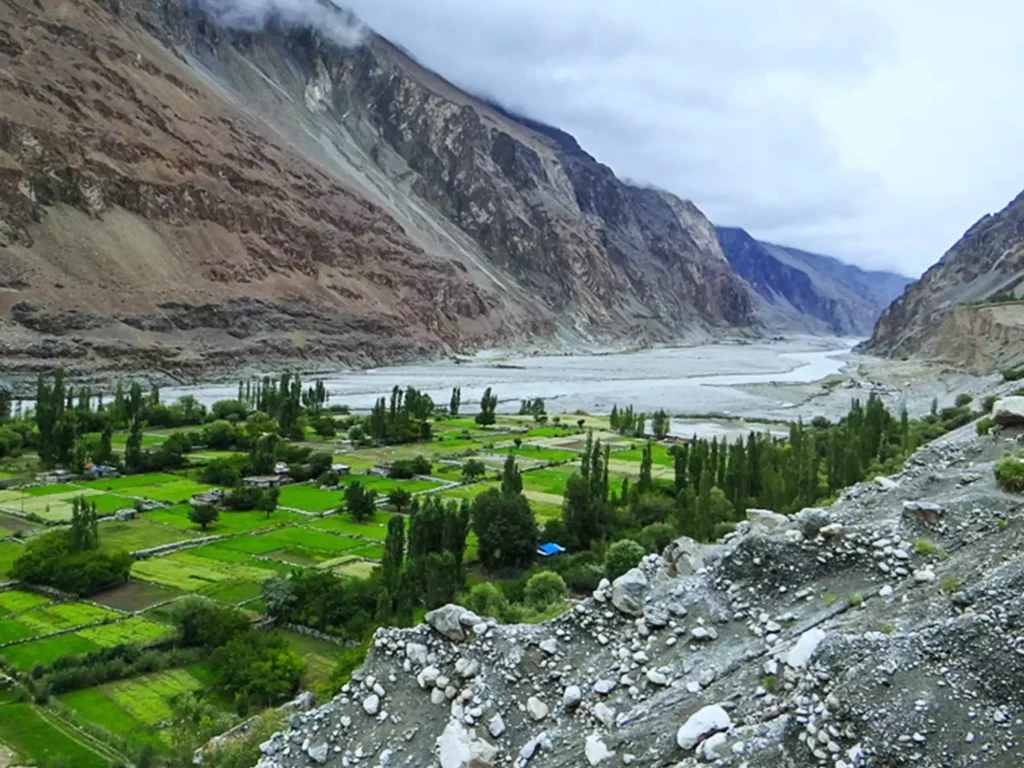
Turtuk is a remote village in Ladakh located near the Line of Control and is famous because of its apricot orchards, traditional houses, and use of natural cold storage. This village is rare because it offers some greenery in the usually rugged landscape of Ladakh. Turtuk is home to the Balti community, and people visit this village to get cultural experiences of the Balti community, their style of houses, and their ways of adapting to nature.
Hanle- Stargazing Heaven

The busy city life often keeps us away from the joys of looking up at the sky and observing the twinkling blanket of stars over our heads. Hanle is a mandatory addition in the Ladakh itinerary, especially for those interested in stargazing. India’s highest astronomical observatory is located in this village. This region harbors the only population of Tibetan Gazelle.
Dha & Hanu – Aryan Villages of Ladakh

Dha village is home to the Drokpa community in Ladakh. These people are believed to be the descendants of Alexander the Great’s Army. With this lineage comes a unique cultural lifestyle that is different from people living elsewhere. They have their language, customs, and even their religion. The people in Dha village are known to be experts in medicinal plants. Initially, Dha was one of the only two villages in the valley where tourists were permitted.
Hanu is another Aryan village in Ladakh, where people primarily focus on agriculture, particularly growing apricots, grapes, and apples. The culture, customs, and traditions are often associated with the ancient Bon religion. This is the only other village in Ladakh where tourists were permitted initially.
Gya Village – Farming Tradition Amidst the Himalayas

It is a village located 70 km from Leh and is surrounded by mountains of different shapes and sizes. It is famous for its farming culture, deeply rooted in a high altitude, cold, and arid environment. People in this village grow crops like barley and other grains, and their agricultural knowledge and understanding of the ecosystem are reflected in it. Farmers practice integrated farming, combining crop cultivation with livestock rearing. They also cultivate mushrooms and use glacial water for irrigation purposes. It is a secluded village, and part of unexplored Ladakh, also known for its ancient ruins of fortifications, possibly square towers, and masonry.
Travel Tips for Experiencing the Quiet Side of Ladakh
Ladakh is a beautiful destination, but owing to its altitude, it might be difficult to travel to Ladakh without proper acclimatization. It is important to spend some days in Leh for the body to get used to the environment, and then gradually progress with the trip.
The people of Ladakh are extremely sensitive and attached to the nature they have been living in for a long time. As tourists, it must be our responsibility to respect their way of life, however different it might be from ours, that they have developed keeping their own as well as nature’s needs in mind.
Packing for Ladakh travel requires certain pre-planning due to the unfamiliar climatic conditions. It is important to pack layered clothing, which includes moisture-wicking base layers, insulating mid-layers, and waterproof outer layers. Altitude sickness can cause some serious health issues; therefore, including medications like acetazolamide is important to deal with altitude sickness. Another important thing to carry is a sun-protection kit, which can include a high SPF sunscreen and sunglasses to protect from harsh UV rays.
The best time to visit Ladakh is from late March to April and September to October. These months generally attract fewer crowds when compared to the summer months. The weather during these months is pleasant with clear skies and comfortable temperatures.
Special permits are required by both Indian and foreign tourists to visit Ladakh, especially those areas that are near the Line of Control and Line of Actual Control. The Inner Line Permits can be applied at the Deputy Commissioner’s Office in Leh and are generally valid for 3 weeks. The Protected Area Permit can be obtained through registered travel agents in Leh by foreign tourists.
Final Thoughts Ladakh is a unique and quiet escape for travelers who hunt for varied experiences. It is also a perfect destination for people seeking spirituality and peace. Now that you have this offbeat guide, it’s the sign to to slow down and visit Ladakh to connect with its people and traditions, and include the unexplored places in Ladakh in your Ladakh itinerary.

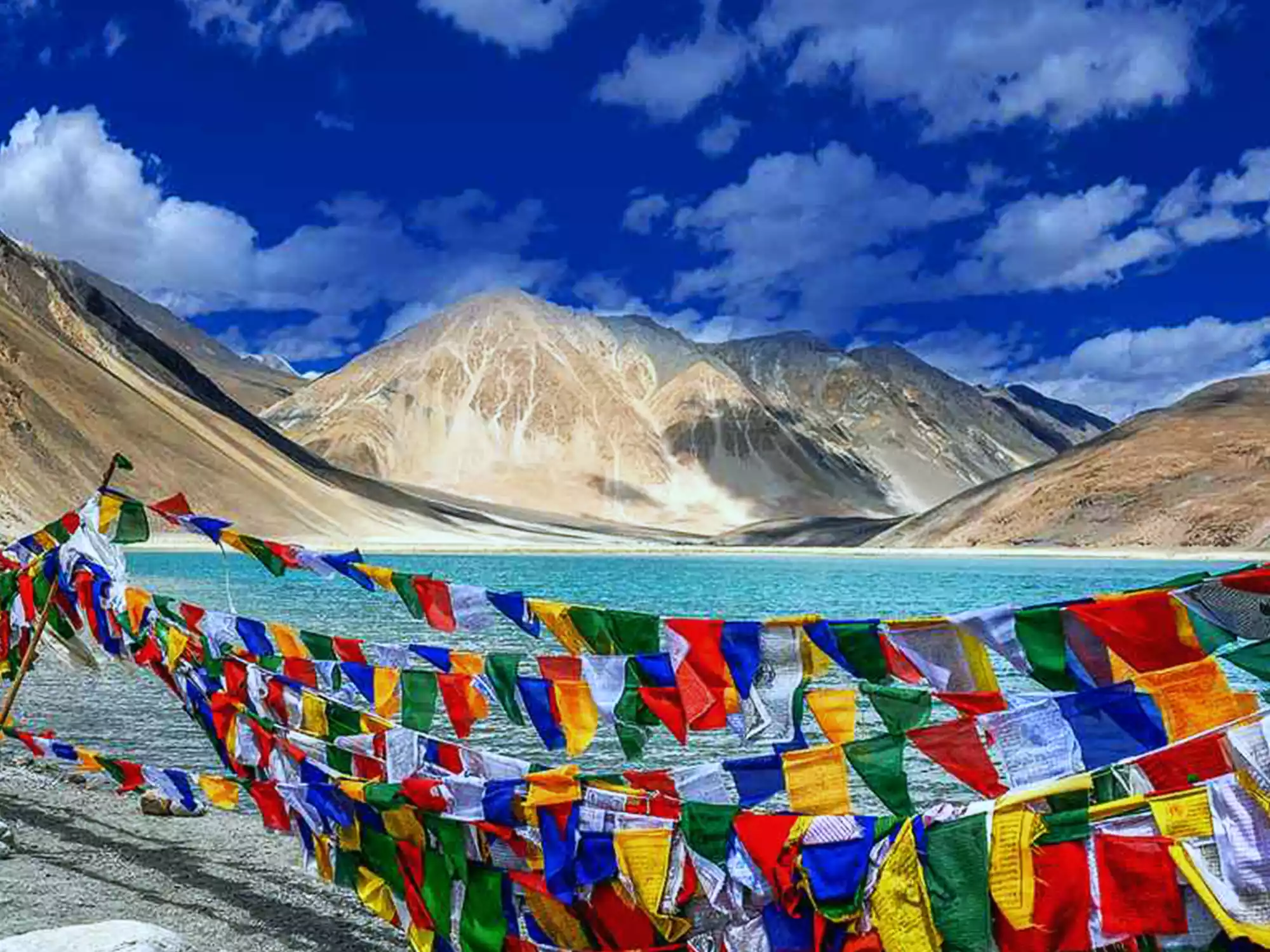
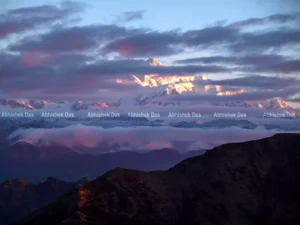




Comment (0)